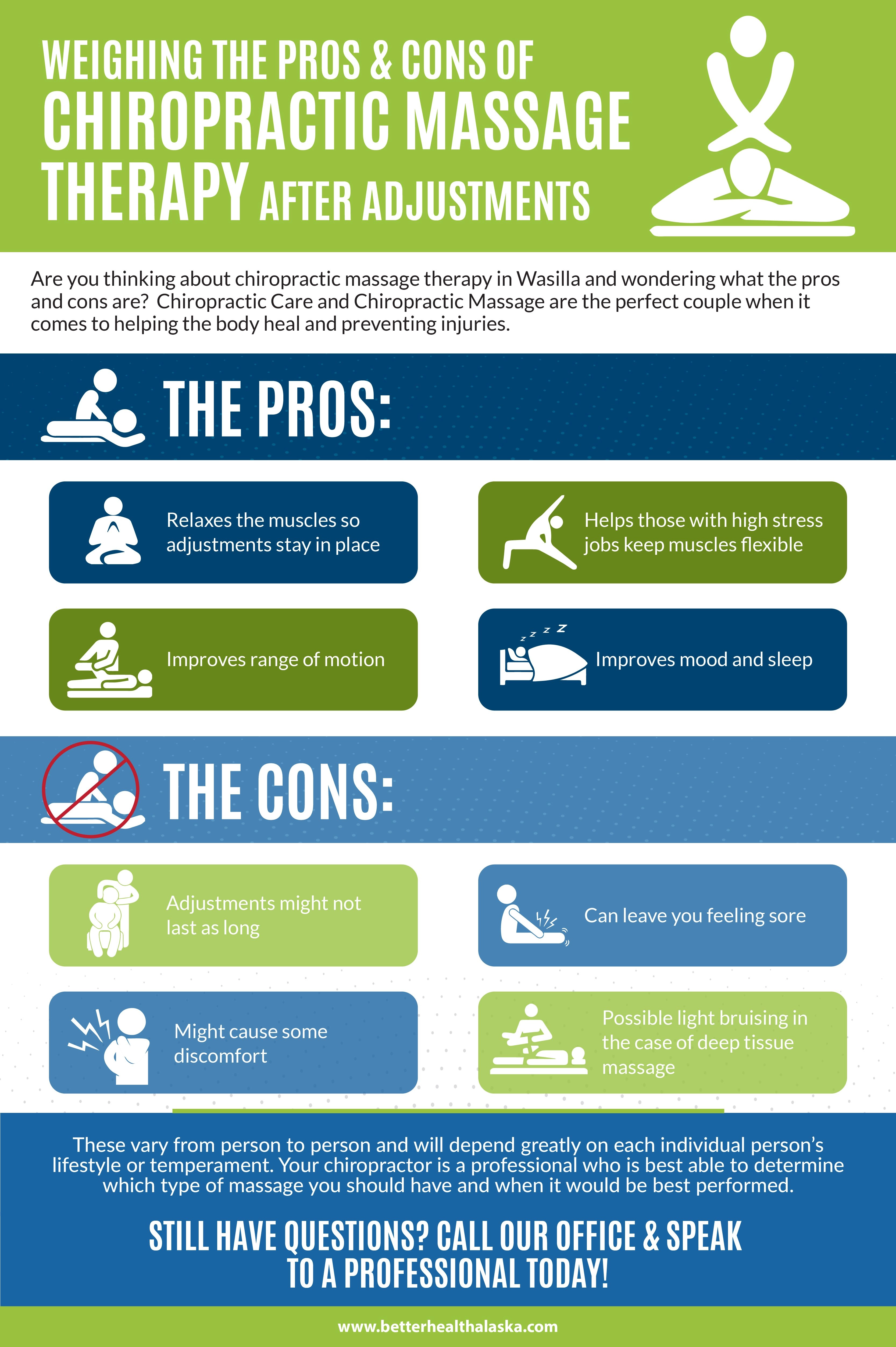A Beginner'S Overview To Understanding Cervical Spinal Column Makeup And Its Influence On Neck Discomfort
A Beginner'S Overview To Understanding Cervical Spinal Column Makeup And Its Influence On Neck Discomfort
Blog Article
Write-Up By-Thestrup Mikkelsen
As you sit there, perhaps really feeling a twinge of pain in your neck, have you ever before thought the detailed frameworks that comprise your cervical spinal column? Recognizing just how the vertebrae, discs, and nerves connect in this region can shed light on why neck discomfort can be so persistent and incapacitating. By checking out the foundations of cervical back makeup and its implications for neck pain, you might uncover understandings that can aid you better handle and even stop those bothersome pains and tightness.
Importance of Cervical Spine Anatomy
Recognizing the value of cervical spine composition is critical in understanding the intricacies of neck discomfort. The cervical back, composed of seven vertebrae, plays an essential function in sustaining the head's weight and facilitating activity. lower back spine pain houses the spine, which transmits messages between the mind and the rest of the body. Additionally, the cervical spinal column protects these fragile nerves and gives architectural stability to the neck area.
Additionally, the cervical spinal column allows for a wide variety of movement, enabling you to transform your head, turn it laterally, and nod up and down. visit the next web page has certain features and attributes that add to the total flexibility and stability of the neck. Comprehending the makeup of the cervical spine can aid you grasp exactly how injuries or degenerative conditions in this area can result in neck pain and related signs.
Elements of the Cervical Spine
When checking out the parts of the cervical back, it comes to be evident that its framework contains 7 vertebrae, classified C1 to C7, piled on top of each other. These vertebrae are essential as they give support to the head and allow for a large range of movement in the neck.
The upper vertebra, C1, also known as the atlas, supports the skull and enables the sleeping activity of the head. Straight below C1 is the C2 vertebra, called the axis, which enables the turning of the head back and forth.
Moving down the cervical spinal column, each vertebra plays a vital function in preserving the spine's adaptability and security. In between each vertebra are intervertebral discs that function as cushions, taking in shock and preventing the vertebrae from scrubing versus each other.
Recognizing the elements of the cervical spinal column is vital in understanding just how the back features and its prospective impact on neck discomfort.
Relationship Between Spinal Column and Neck Discomfort
The connection between the back and neck discomfort is a crucial aspect of comprehending musculoskeletal pain. Your spinal column, specifically the cervical region, plays a substantial duty in supporting your head and enabling different motions. When there's an issue in the spine, such as a herniated disc or imbalance, it can directly affect the surrounding cells and nerves, leading to neck discomfort. Poor pose, injuries, and degenerative conditions can all contribute to spine-related neck discomfort.
It's important to identify that the spine and neck function as a natural device. Any abnormalities or discrepancies in the spine can create pressure on the neck muscle mass and tendons, causing pain and tightness.
Verdict
Since you have a standard understanding of cervical spine composition and its link to neck pain, you can better value the complexities of your very own neck pain. Bear in mind, the health and wellness of your cervical spinal column plays a crucial function in supporting your head and helping with movement, so it's important to take care of it through appropriate pose, exercise, and normal check-ups with a medical care specialist. Stay informed and aggressive regarding your back health to stop and manage neck pain effectively.
